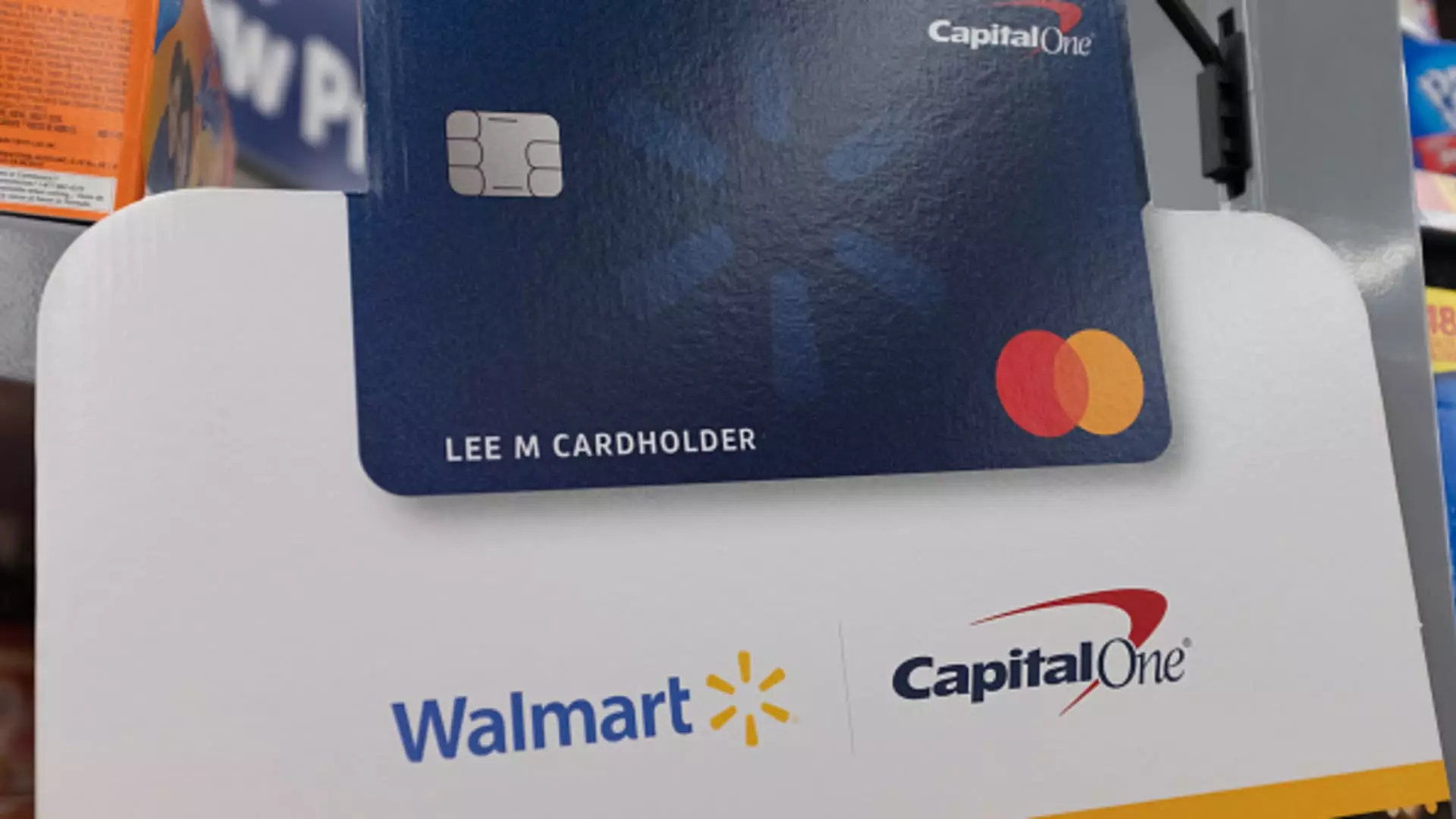Walmart’s recent venture into the financial services sector with its fintech startup, OnePay, represents a significant shift not only for the retail giant but also for the landscape of consumer finance. By forging a partnership with Synchrony to issue a new line of credit cards, Walmart aims to redefine the shopping and financial experience for millions of Americans, particularly those often neglected by traditional banking institutions. This initiative is not merely a business expansion; it is an essential step towards financial inclusion, empowering customers who have been marginalized by conventional financial systems.
Breaking Free from Constraints
For years, Walmart’s credit card offerings were embedded in a restrictive partnership with Capital One. The decision to sever ties with Capital One ahead of schedule demonstrates Walmart’s urgency to innovate and adapt. The lawsuit filed against Capital One highlighted a compelling narrative: Walmart sought autonomy in its financial dealings, desiring control over customer interactions that were previously dictated by an external entity. This newfound freedom allows Walmart to customize its financial products, making them more accessible to a diverse clientele.
While Walmart’s previous relationship with Capital One provided stability, it also locked the retailer into frameworks that may not have served the evolving needs of its customer base. By embracing this fintech initiative, Walmart is confronting the shortcomings of previous arrangements and designing a credit experience that resonates more closely with its shoppers’ realities—their preferences, needs, and frustrations.
Crafting Financial Solutions for the Underserved
OnePay’s ambition to transform itself into a one-stop financial services hub can be seen as both ambitious and necessary. With the introduction of features like high-yield savings accounts and digital wallets, Walmart is strategically positioning itself to cater to consumers who feel overlooked by mainstream banks. The credit cards are just one piece of an intricate puzzle aimed at offering comprehensive financial solutions, including a general-purpose card for broader use and a store-centric card aimed exclusively at Walmart purchases.
This dual approach acknowledges the diverse credit profiles of consumers, offering solutions tailored to various financial situations. Unlike traditional banks that often leave low credit-score individuals in the cold, Walmart’s initiative aspires to provide options even for those with less-than-perfect credit.
Customer-Centric Innovations
The commitment to transparency and user-friendliness emphasized by OnePay CEO Omer Ismail is commendable. The aim to create an experience that is not only rewarding but also easy to navigate is crucial in a world where financial products can often appear daunting to the average consumer. By using its mobile app as the primary interface for these services, Walmart demonstrates an understanding that today’s consumers prefer seamless digital interactions, taking convenience to unprecedented levels.
However, the success of this initiative will ultimately depend on the rewards structure tied to these credit cards, which remains largely undisclosed. Understanding consumer motivation is key; without attractive rewards, even the most user-friendly cards may fail to gain traction.
Walmart’s foray into financial services via OnePay is nothing short of revolutionary. It represents a commitment to empowering consumers through accessible financial tools while challenging conventional banking norms. By prioritizing inclusivity and flexibility, Walmart is not just changing the rules; it’s rewriting the entire playbook on customer-centric financial solutions.

